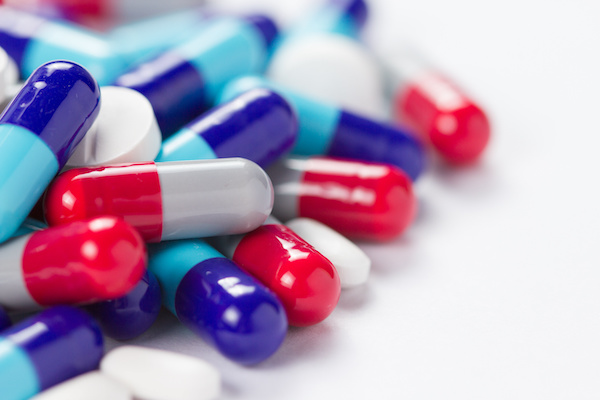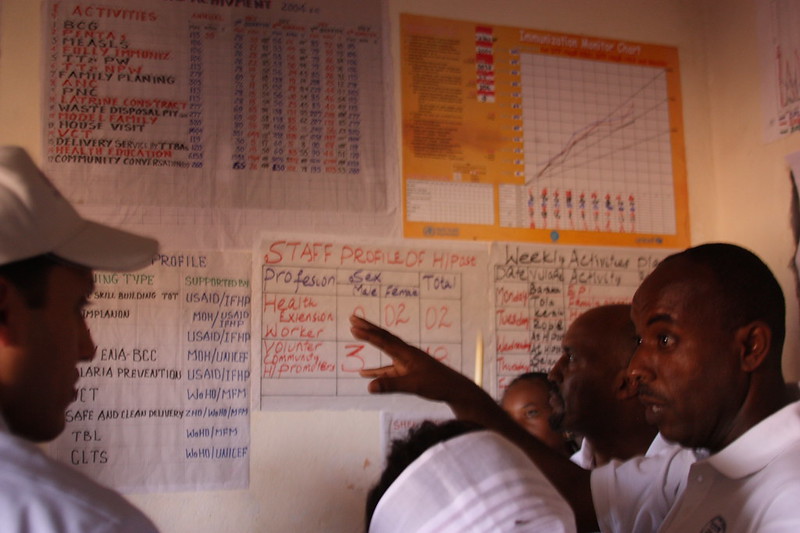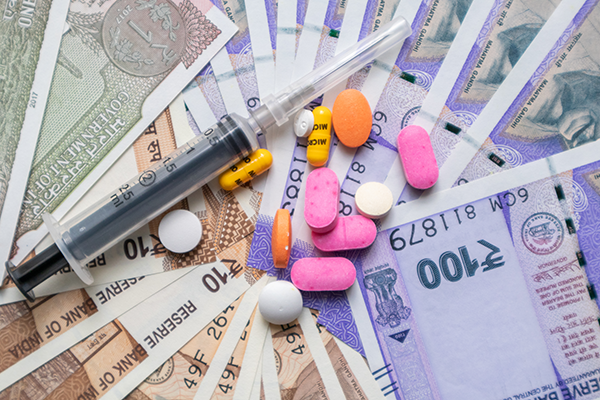Recommended
Antimicrobial drugs form the backbone of modern medicine. Yet their lifespan is naturally limited; over time, use of these drugs selects for mutations that survive exposure to those same drugs, driving “antimicrobial resistance,” or AMR. Already, drug-resistant infections kill an estimated 35,000 Americans and 1.27 million global citizens every year. In the absence of sufficient research and development (R&D) investment for new antimicrobials, deaths from drug-resistant infections could increase dramatically in the coming decade. However, the R&D pipeline for new antimicrobials remains sparse, constrained by an array of market failures that prevent private companies from capturing a sufficient private return on investment (ROI) despite the very high social value of new antimicrobials. Widespread recognition of these market failures among experts and policymakers has driven a search for creative solutions, and generated enthusiasm for the use of pull mechanisms which could help incentivize antibiotic development. One particularly promising pull approach—so-called “subscription models”—would offer guaranteed annual payments to successful antibiotic developers delinked from sales volumes. A subscription approach is included in the pending PASTEUR Act, which is legislation introduced by lawmakers in the US House of Representatives and Senate and endorsed in President Biden’s 2023 budget request.
In this paper, we consider the expected return on investment for such a program—that is, an ambitious new program to incentivize antibiotic development via a US government subscription-based pull mechanism (though not necessarily the PASTEUR Act, per se). We construct an illustrative subscription program from first principles, with parameters drawn (where possible) from the literature and some simplifying and deliberately conservative assumptions about program design and remuneration. We model the 10- and 30-year costs and benefits of such an initiative, both from the US domestic perspective and from a global welfare perspective. We find that the program is likely to generate a very high social ROI in both the short and long-term. From the US domestic perspective—considering both the value of averted death/disease and associated hospital costs—ROI is calculated at 6:1 over a 10-year time horizon and 28:1 over a 30-year time horizon. From the global perspective—exclusively considering the health value of DALYs (Disability Adjusted Life Years) averted—ROI grows to 27:1 over a 10-year time horizon and 125:1 over the full 30-year program duration. Sensitivity analysis suggests that the overall high returns are robust under a wide variety of alternative assumptions and scenarios. Based on these high social returns, we encourage the US Congress to urgently finance and authorize a subscription program for new antimicrobials, with particularly consideration for the PASTEUR Act.
Rights & Permissions
You may use and disseminate CGD’s publications under these conditions.







